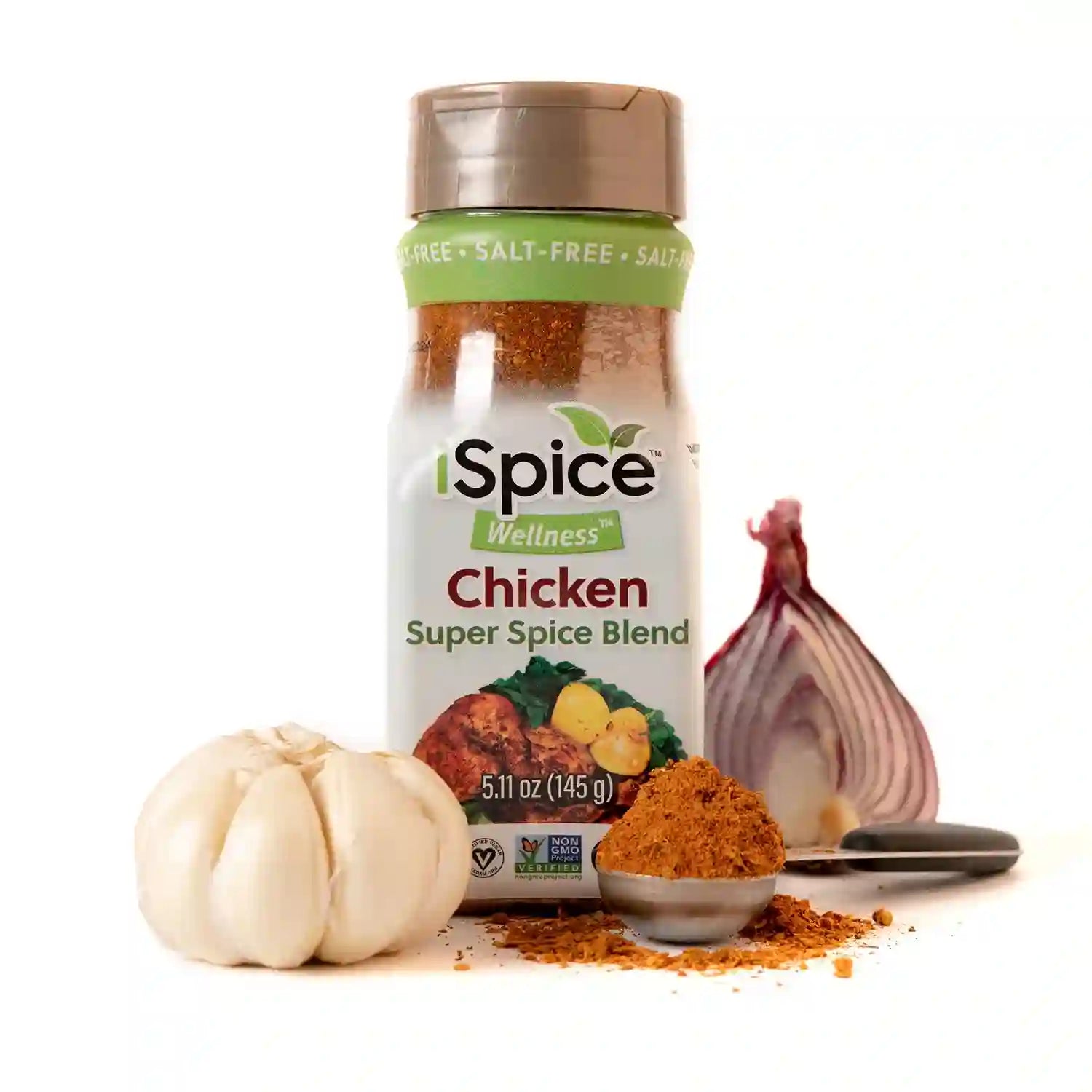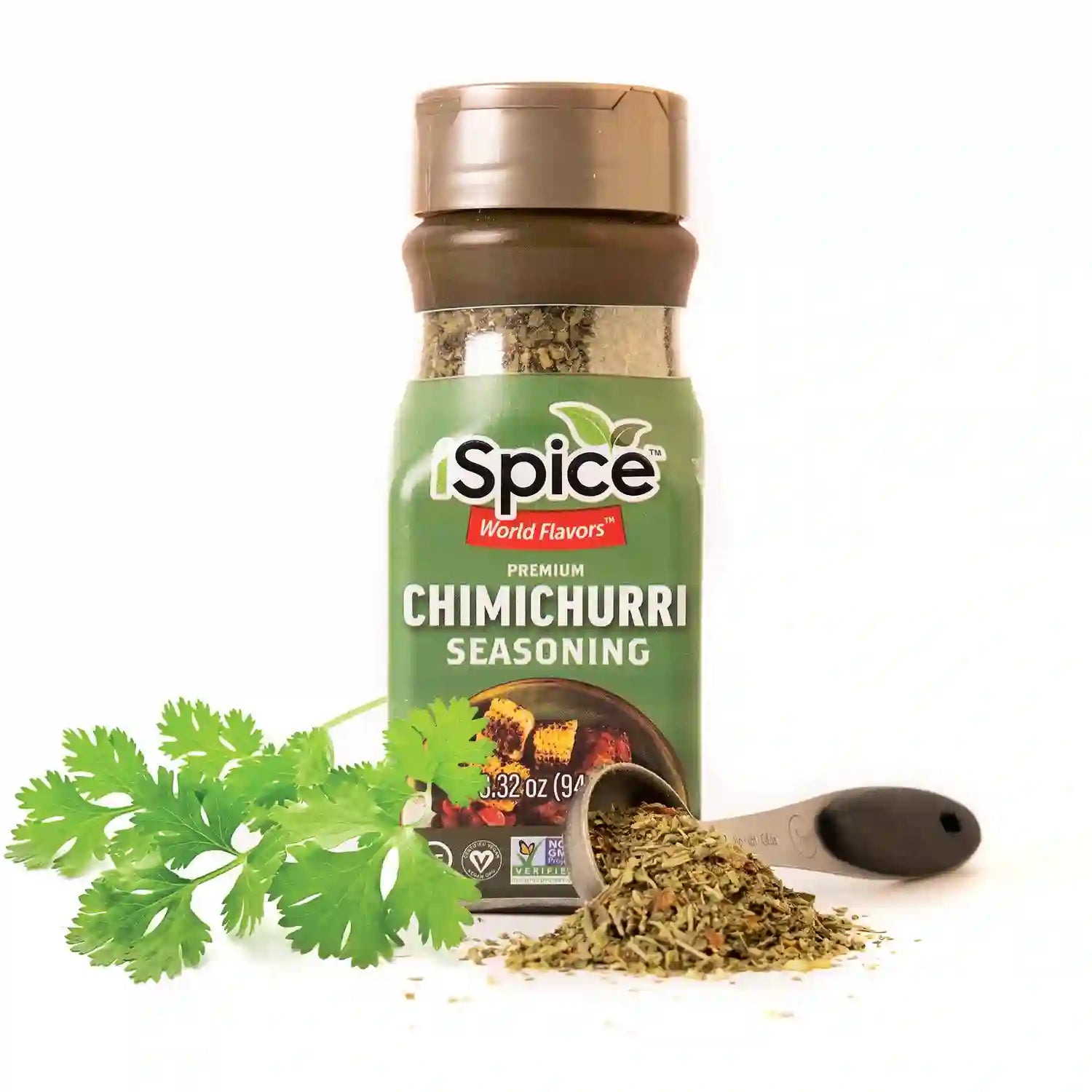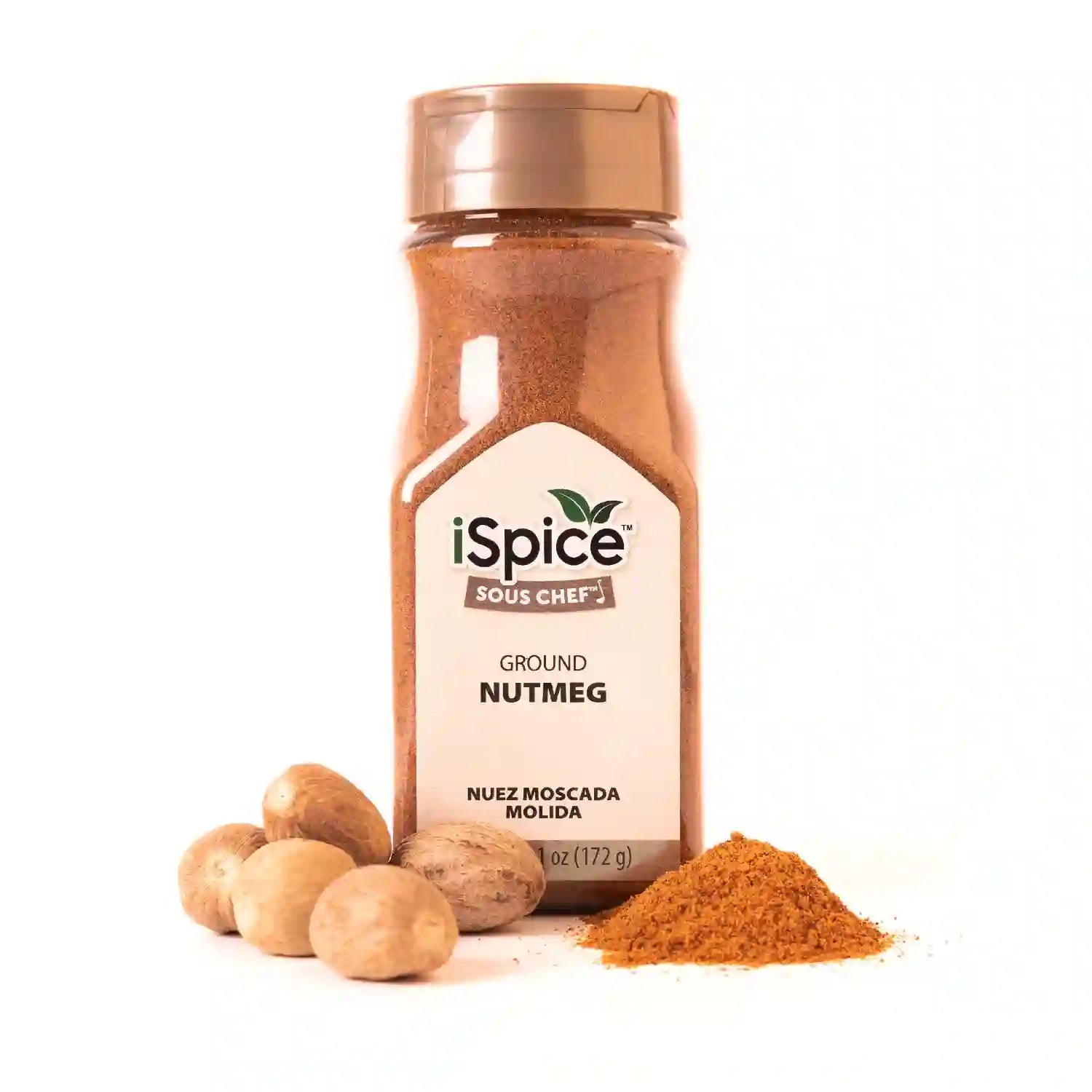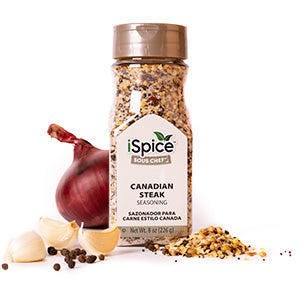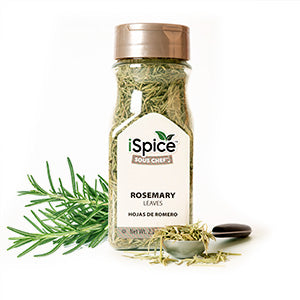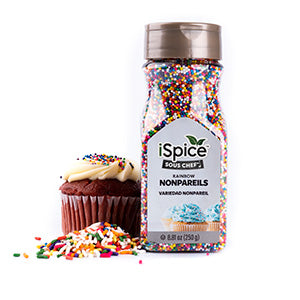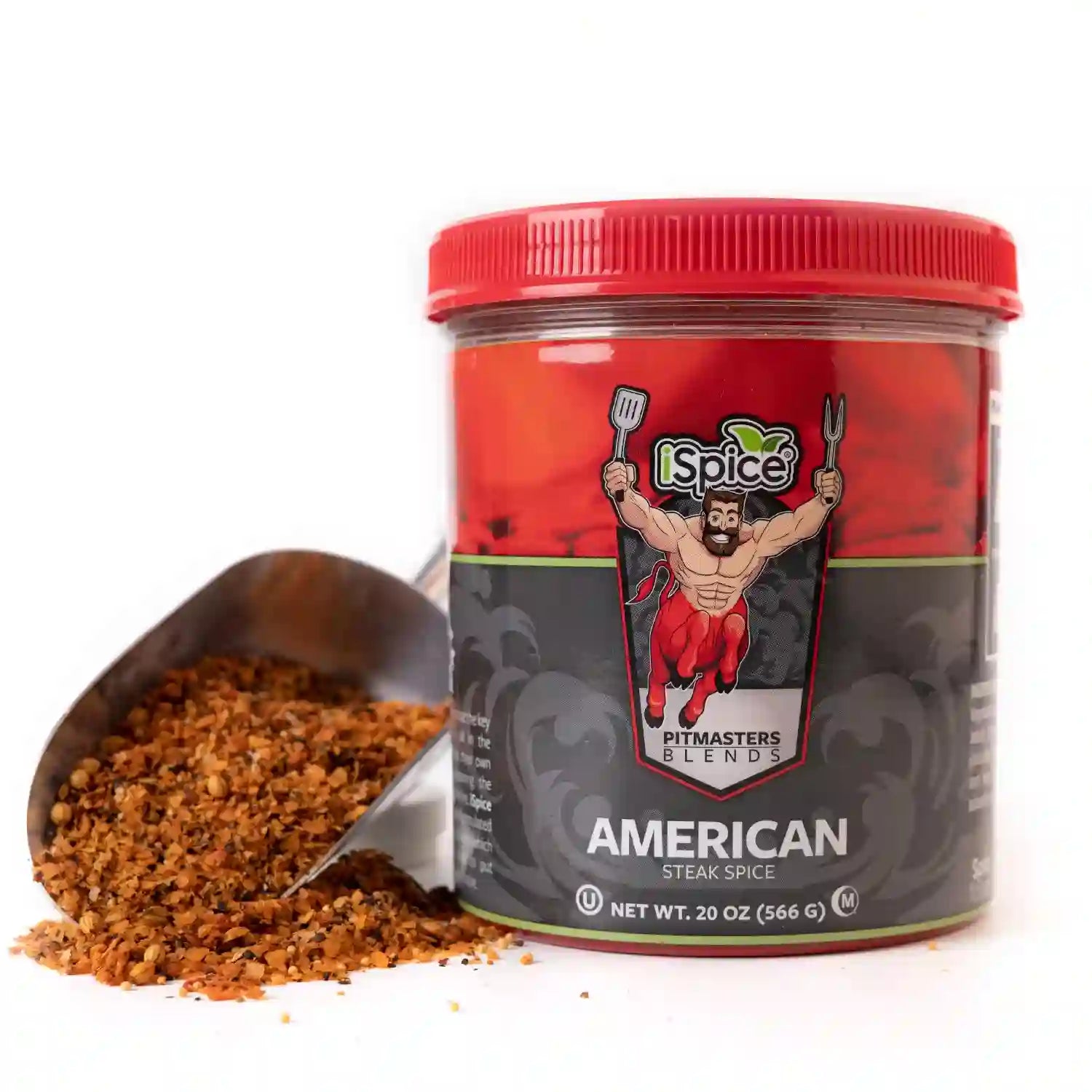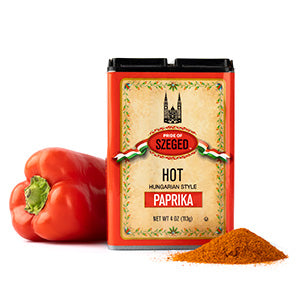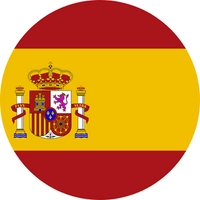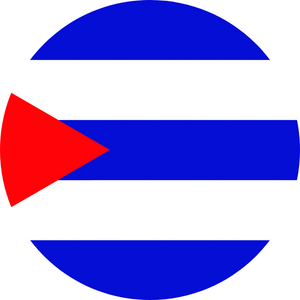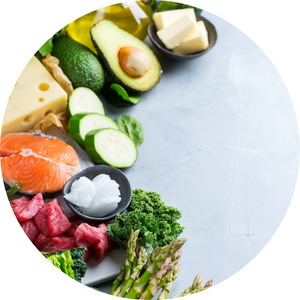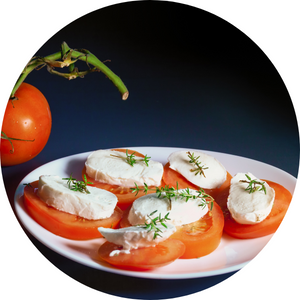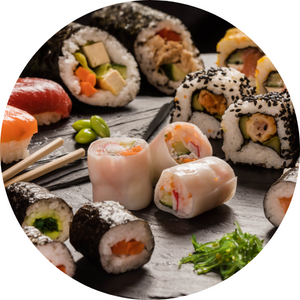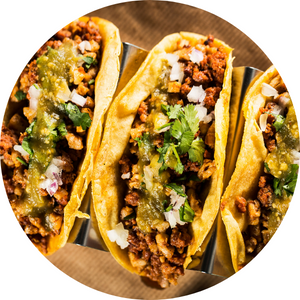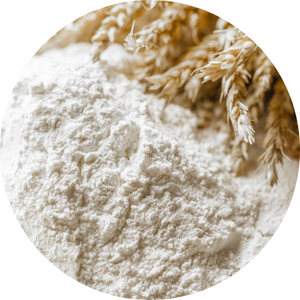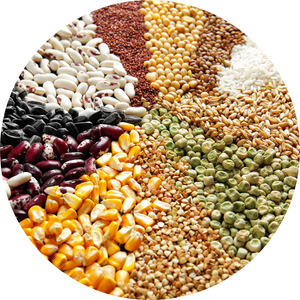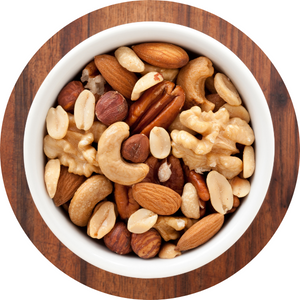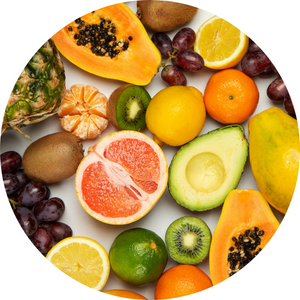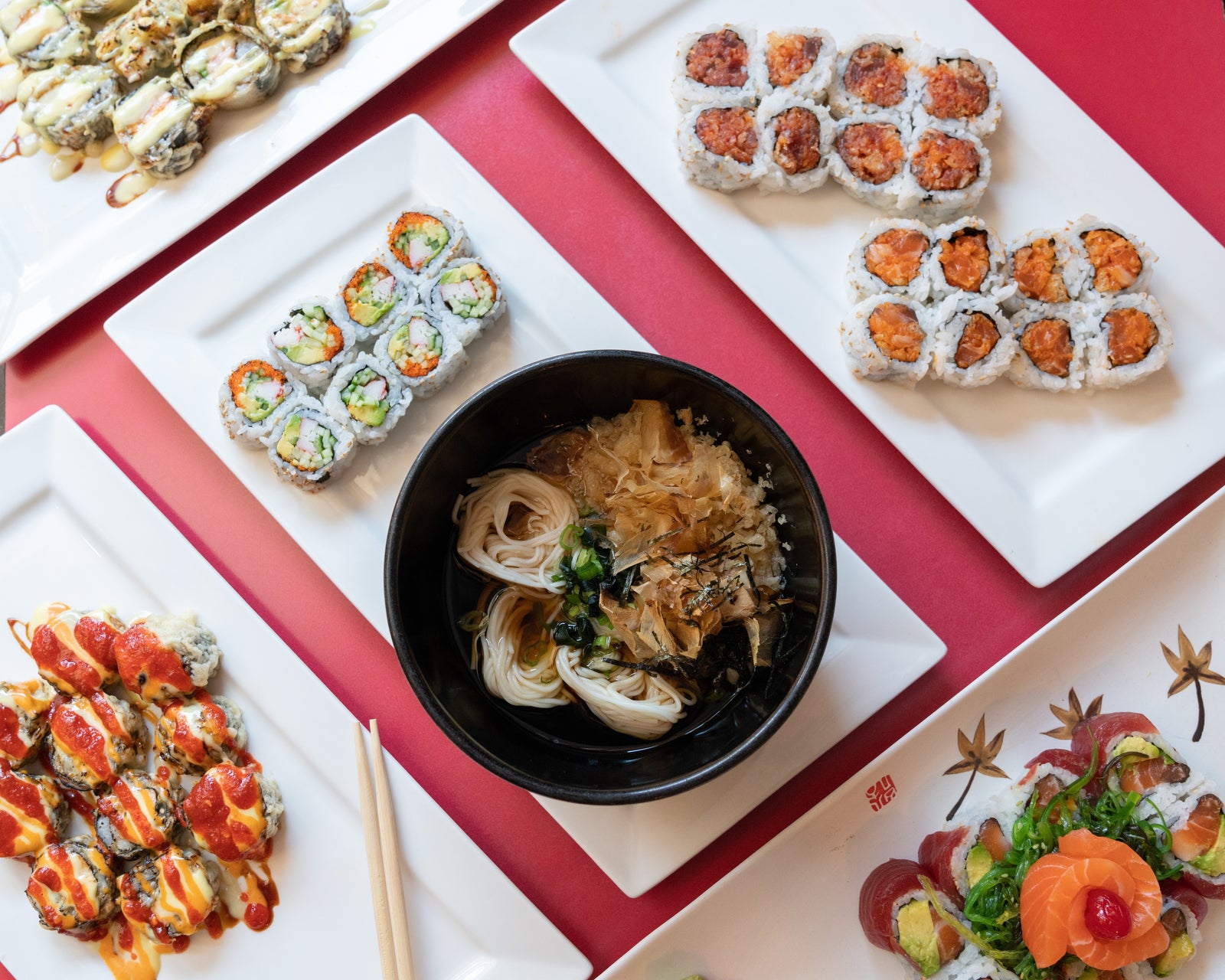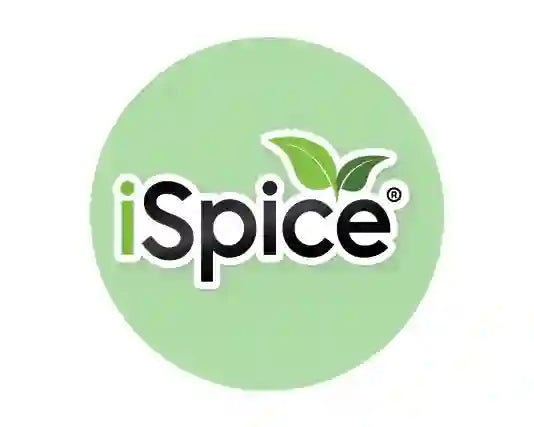
At iSpice, we know that healthy eating is a journey. We’re here to support you with a wide variety of seasonings made with the finest, healthiest herbs and spices in the world.
Our Wellness and World Flavors collections are crafted to inspire delicious, better-for-you meals cooked at home. Whether you’re looking for healthy alternatives, bold flavors from around the globe, or both, iSpice is your one-stop-shop for the ultimate, versatile seasoning blends. The best part? We’ve taken all the guesswork out of knowing how to season your food the healthy way.
There are two primary types of bay leaves: California bay leaves, which are longer and thinner than Turkish bay leaves and have a more muscular and somewhat minty taste; and Turkish bay leaves (also known as Mediterranean bay leaves), which are shorter and thicker and have a more delicate flavor. Traditionally, Turkish bay leaves (Laurus nobilis) were harvested from the bay laurel (Laurus nobilis), which is an old tree that originated in Asia Minor (modern Turkey).
California bay leaf:
Native Americans in the Pacific Northwest have long relied on the anti-inflammatory and anti-viral properties of the California bay leaf. As a paste, tea, or infusion, it was used in various ways, including as an inhalant and as a bathing aid. Its Nutritional Benefits are that its rich supply of vitamin A, vitamin C, vitamin B6, calcium, iron, and dietary fiber may be found in the bay leaves grown in California.
They have also been used to alleviate the symptoms of inflammation and headaches and relieve tooth and stomach pains, among other things. Cooked dishes like boiling, steaming, and sautéing are the finest places to use California bay leaves. They may be used in soups, stews, sauces, vinegar, and curries.
They can be used both fresh and dried. Fish, poultry, pig, sausages, and lentils are among the dishes that benefit from adding California bay leaves. When dried and kept in a cold, dry, and dark area, they may last for two years. Some individuals prefer to use fresh California bay leaves in sweets, which are available year-round. They pair nicely with desserts and other sweet tastes.
Turkish Bay leaf:
Turkish Bay Leaves are the most distinctive bay leaf species found anywhere globally. Turkish bay leaves are oval in shape and range in length from 1-4 inches. Turkish Bay Leaves have a gentler, more delicate taste and are more widely employed in most types of cuisine than their American counterparts. The benefits of using Turkish bay leaves are that they may be used in various dishes. Stocks, soups, roasts, stews, and marinades are all excellent places to use them. Pickling and bringing mixtures benefit from the use of this spice. Before serving, remove all of the leaves from the dish.
How to distinguish between California bay leaf and Turkish bay leaf?
The form of the leaf is the most straightforward method to distinguish between the two. In California, bay leaves are often long and thin with a tip, similar to a spearhead. Turkish bay leaves are often more oval, with either a tiny point at the information or a round shape at the base of the leaf. However, they are shorter, squatter, and practically round in condition.
The bay leaves from California have a considerably stronger menthol taste than those from other parts of the world. This time around, they have a little more of that eucalyptus scent. In general, they're a touch more one-dimensional than Turkish bay leaves, which is a good thing.
Turkish bay leaves have a gentler, more subtle, and somewhat sweeter taste than their American counterparts.
Alert: While spices can have many beneficial properties for health, using them for medical purposes should be done under the guidance and supervision of a healthcare professional or specialist. Some spices may interact with medications or cause adverse reactions in certain individuals, and it is important to use them safely and appropriately. If you are considering using spices for a medical condition, it is important to consult with a healthcare professional before doing so.

